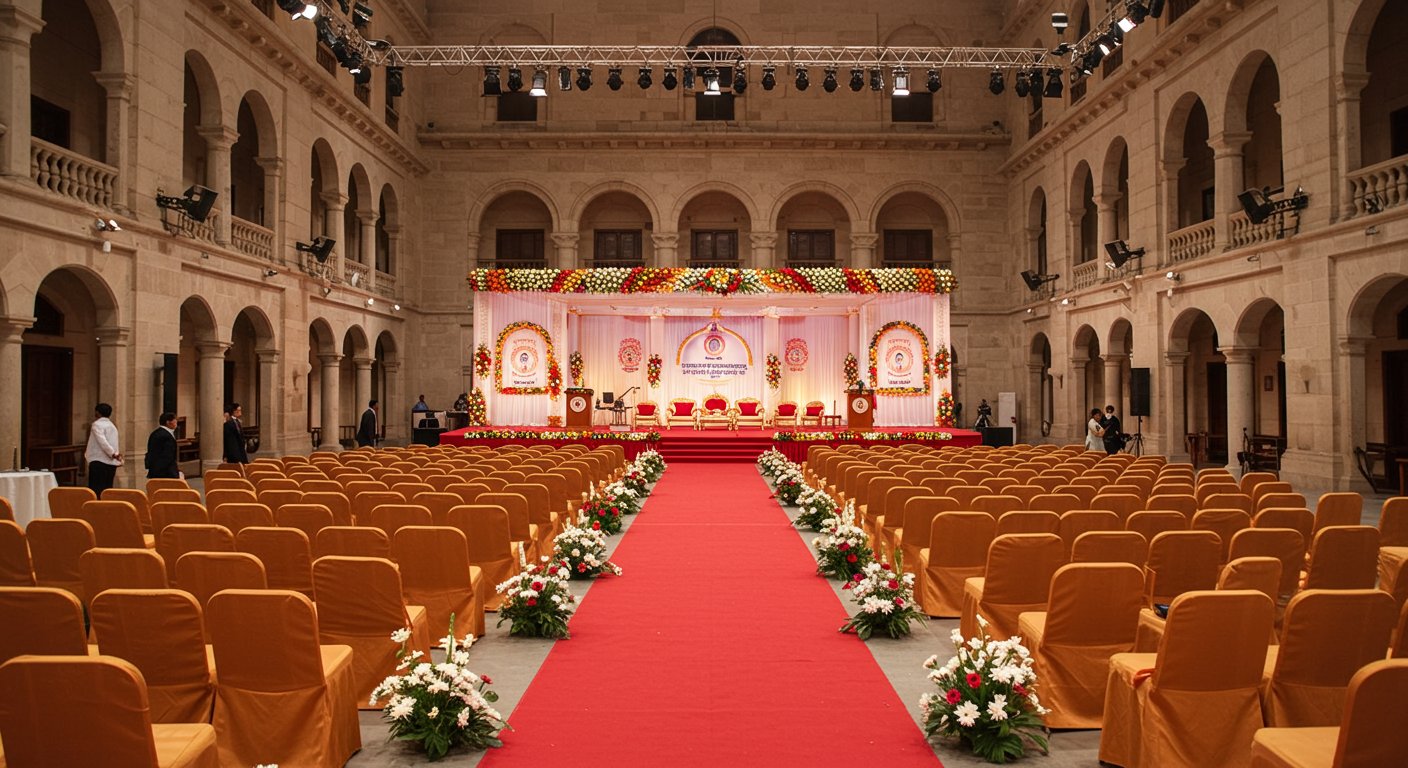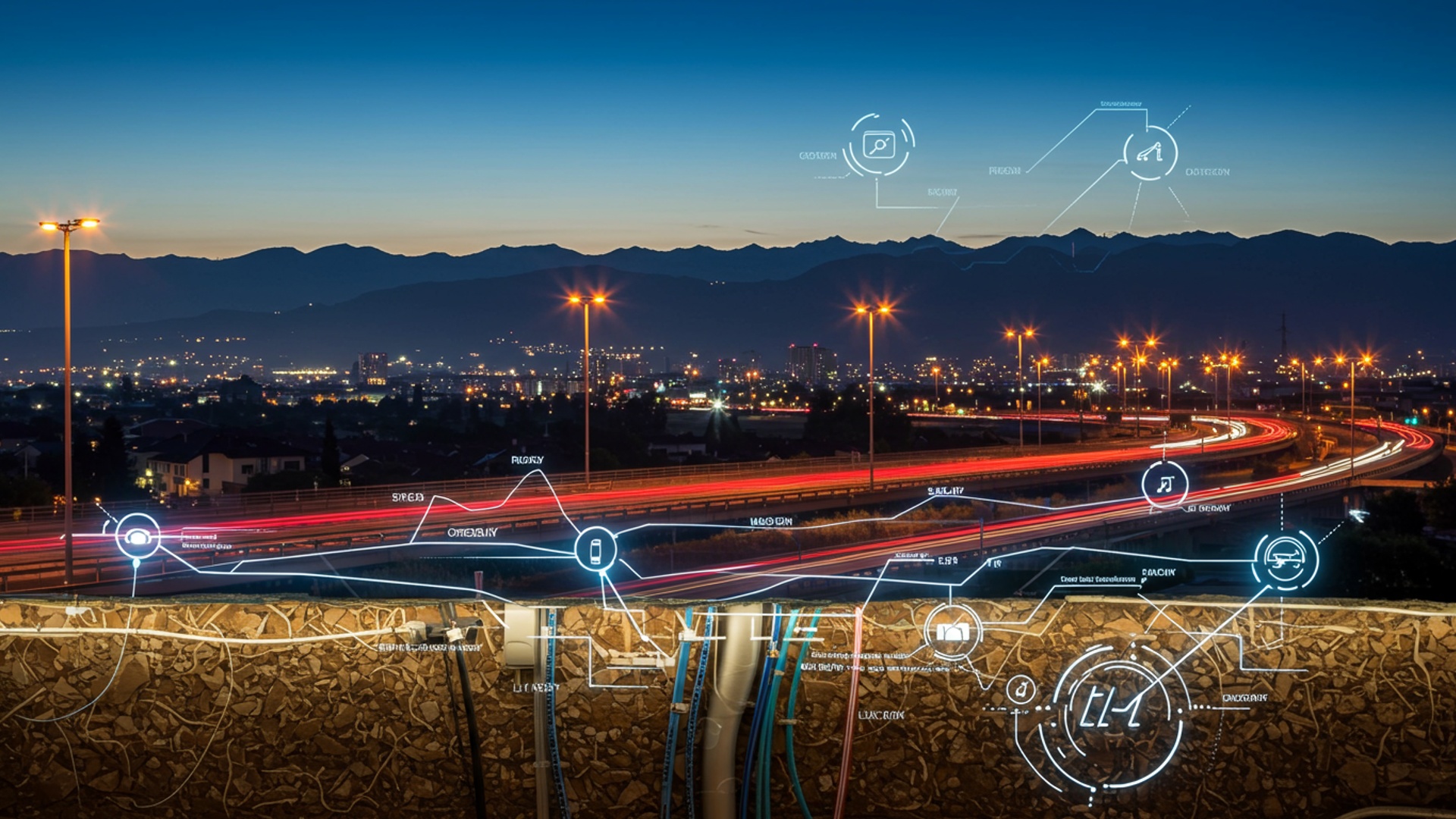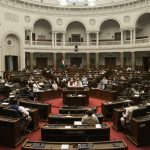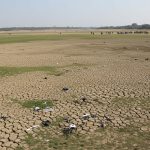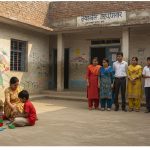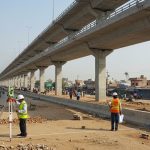Maharashtra is taking big steps to make its economy worth one trillion dollars. A major plan now gives more power to all districts across the state. This move aims to spread economic growth and create more jobs in every local area. State leaders believe that by letting local groups lead, they can better use their own strengths and attract more money from private businesses. This fresh effort will help turn Maharashtra’s large economic goals into a fast reality, ensuring progress reaches all people.
New Economic Plan for Maharashtra’s Growth
Maharashtra has started a bold new plan to reach its goal of becoming a one-trillion-dollar economy by the year 2028 or 2030. This major step involves giving more power to local districts to drive economic growth. The state has put in place a “District Strategic” plan. This plan aims to boost growth and bring in money from private businesses in new and crucial sectors across all districts. In a big change, the Maharashtra government has now given District Collectors the job of helping private companies invest in new businesses. This is meant to help business owners and create jobs. The state has made a clear plan, giving each District Collector specific growth goals and areas to focus on. This move shows a new way of thinking, moving away from the idea that only big state departments like the Industries Department or the Maharashtra Industrial Development Corporation (MIDC) are responsible for helping businesses. Now, District Collectors are empowered to make decisions and attract money for new business ventures, which is seen as a very forward-looking approach.
Giving More Power to Local Leaders
The new plan places a strong emphasis on local leadership. District Collectors, who are key government officials in each area, now have direct tasks to help the state reach its large economic target. For example, Nashik district has been given a target of 12 percent growth and is told to focus on tourism and how goods are moved around (logistics). Jalgaon district has an even higher target of 17 percent growth, with a special focus on farming and food processing industries. To help existing businesses, District Collectors have been told to use a part of their local planning funds. Specifically, 25 percent of the District Planning Development Committee (DPDC) funds are to be used to make things better for existing industries. This includes buying new equipment to ensure steady power supply, building roads to reach far-off places. setting up storage facilities in villages for farm produce. This directly answers complaints from many businesses in rural areas about poor road connections and unsteady electricity, which can harm their machines. This commitment to using local funds for local industrial needs is expected to greatly help businesses that have been struggling with a lack of proper basic services.
Support from Global Partners
The World Bank is also supporting Maharashtra’s efforts. It has approved a loan of $188. 28 million to help the state strengthen its ability to manage growth in districts. This help is especially for districts that are not growing as fast as others. The program aims to make district administrations better at finding growth chances, bringing in private companies. using facts and figures for planning and making decisions. Maharashtra’s economy, which is currently about $500 billion, is the largest in the country. But, there are big differences among its 36 districts. About seven districts alone make up more than half of the state’s total economic output. The state’s plan to reach a one-trillion-dollar economy needs more districts to contribute their share. This will help overall economic growth and attract more private money, making sure that people living in these districts can also be part of and benefit from this growth. Problems like not having reliable or quick data. different government offices working separately, have slowed down state growth plans in these less developed districts. Challenges in local governance and businesses not getting government services easily have also limited growth. The World Bank’s support aims to fix these issues by giving districts the necessary data, money. expert help. It will also make government services for businesses easier to access, especially in the tourism sector. The plan will also help use public details better by creating a system for data. This includes the ‘Maha Databank,’ which will improve how insights is shared, put together, looked at. spread. This data can then be used to fix crucial gaps in development, including differences between men and women in economic participation. The World Bank project also sets up a system where districts can get financial rewards each year if they meet their performance goals.
Building Stronger Connections and Industries
To achieve its ambitious economic vision, Maharashtra is investing heavily in big infrastructure projects. These projects are crucial for improving connections and attracting industries across the state. The Nagpur-Mumbai Samruddhi Mahamarg, a 701-kilometer long expressway, is a key example. It links Nagpur and Mumbai, two vital cities in Maharashtra. This expressway connects 10 districts directly and improves access for 14 other districts, speeding up development in a total of 24 districts. This means regions like Vidarbha, Marathwada. North Maharashtra will have easier access to Mumbai. Other significant projects include the Mumbai Trans Harbour Link (also known as Atal Setu), the Coastal Road. the expansion of the metro train network in the Mumbai area. These projects aim to ease traffic and open up new areas for development. The Navi Mumbai International Airport, which is almost ready. the upcoming Bandra-Versova Sea Link are further changing how people and goods move around. Together, these projects have greatly improved how well different areas are connected, opening new places for homes and businesses. The government is also working on creating new urban centers. For instance, a “Third Mumbai” is being developed in Navi Mumbai, which will have an “EduCity” for five universities and an “Innovation City” for new, high-tech businesses. Similarly, a “Fourth Mumbai” is planned around the upcoming Vadhavan Port in Palghar district. This new urban area will also get a big boost in infrastructure to attract modern industries. These new centers are expected to create a lot of housing and economic activity.
Focus on Key Economic Areas
Maharashtra has pointed out several essential areas for growth to meet its economic goals. These include modern industries such as semiconductors, data centers, electric vehicles, advanced manufacturing, chemicals. pharmaceuticals. The state is also focusing on traditional strengths like agriculture, food processing. tourism. For example, Nashik is encouraged to grow in tourism and logistics, while Jalgaon is to focus on agro and food processing. Beyond these, there is a push for green technologies and smart solutions, showing the state’s dedication to development that does not harm the environment and aims for zero carbon. The Mumbai Metropolitan Region (MMR) is expected to play a very big role in this economic change, possibly creating a $1. 5 trillion economy on its own. While Mumbai is known for finance, other areas are also being developed. Pune is a major center for the automobile industry. Chhatrapati Sambhajinagar is becoming crucial for making electric vehicles. Gadchiroli is being set up as a new hub for steel. Vidarbha is rapidly growing in solar energy production. The state is also making rural success a priority through projects like the Samruddhi Expressway, which will benefit farmers and business owners in 15 districts.
Making Investment Easier
For Maharashtra to double its economy to one trillion dollars in the next five years, it needs a significant increase in investment. Currently, about 27 percent of Maharashtra’s total economic output (GDP) is invested. this needs to go up to 37 percent. To achieve this, the state is trying to make it easier for people to invest. Initiatives like “Magnetic Maharashtra” are aimed at reaching out to investors and making the process of investing simpler. This involves showing the state’s strong points and making it easier for investors to get help. The state government is also working to improve how it uses data for planning. This involves building a strong data management system, including the Maha Databank. This will help in better coordination, combining details, analyzing it. sharing useful insights for the state’s development. This data can then be used to solve crucial problems and ensure that all areas of the state grow in a balanced way. The goal is to move towards a system where strong districts lead to a strong state, using a “bottom-up” approach to planning and development. The government views this new approach, which involves district collectors in attracting private capital and improving local infrastructure, as a radical but necessary step towards achieving its big economic goals. ![]()


